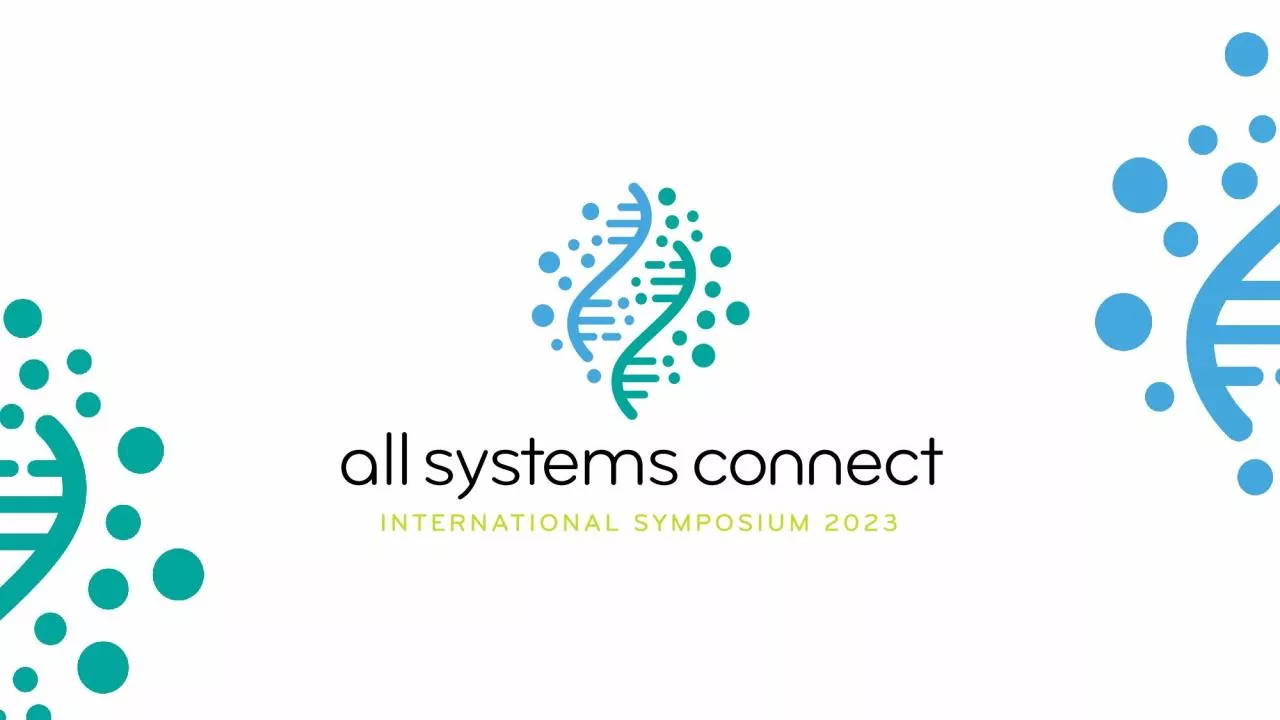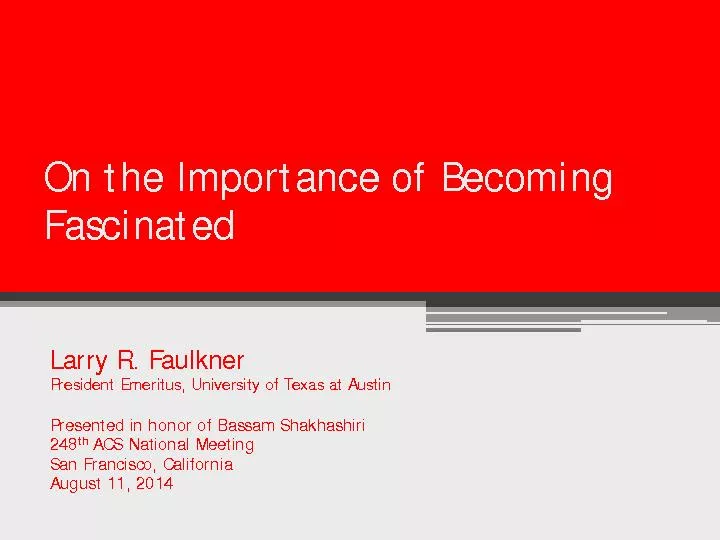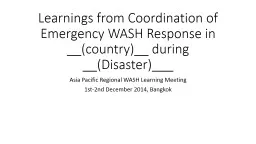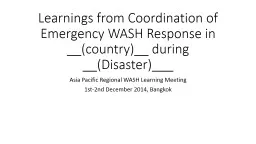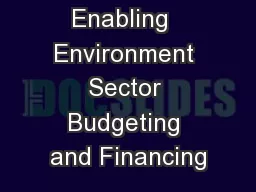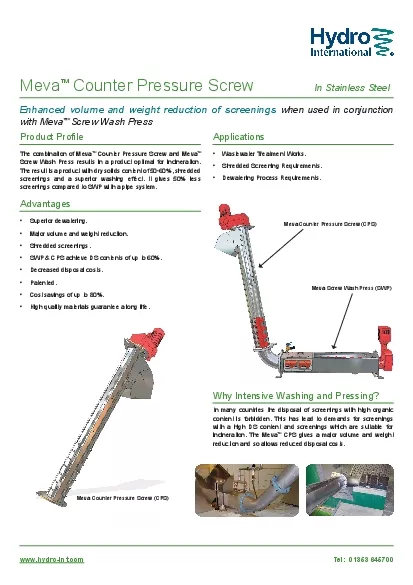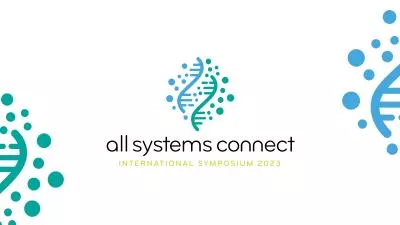PPT-Looking Ahead on WASH & Health:
Author : carny | Published Date : 2024-01-29
Where Do We Go From Here ConnectHealth Programme World Health Organization Global Task Force for Cholera Control IRC WASH Background information reported c holera
Presentation Embed Code
Download Presentation
Download Presentation The PPT/PDF document "Looking Ahead on WASH & Health:" is the property of its rightful owner. Permission is granted to download and print the materials on this website for personal, non-commercial use only, and to display it on your personal computer provided you do not modify the materials and that you retain all copyright notices contained in the materials. By downloading content from our website, you accept the terms of this agreement.
Looking Ahead on WASH & Health:: Transcript
Download Rules Of Document
"Looking Ahead on WASH & Health:"The content belongs to its owner. You may download and print it for personal use, without modification, and keep all copyright notices. By downloading, you agree to these terms.
Related Documents

